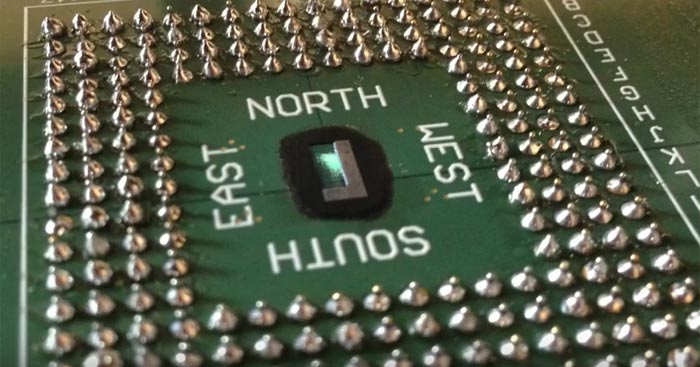A prototype microprocessor using optical connections has been developed by a group of researchers at MIT, the University of California, Berkeley, and the University of Colorado, Boulder. The electronic-optical microprocessor integrates over 70 million transistors (more than a Pentium 4) and 850 optical components reports MIT Technology Review. In place of common-or-garden electronic interconnects this prototype uses optical fibres, transmitters and receivers to channel data between the processor and memory. These photonic interconnect chips were demonstrated running a graphics program which was used to display and manipulate 3D imagery.

Compared to a traditional electronic circuit-only processor the photonic processor can boast much greater bandwidth while consuming the equivalent amount of power. In tests of the new chip, data transfers achieved a rate of 300 Gigabits per second per square millimetre. This figure compares very favourably with an off-the shelf electronic microprocessor, yielding between 10x and 50x times the bandwidth, according to the researchers.

Chips with optical technology could be especially beneficial in data centres think the researchers. It is estimated that 30 per cent of the energy used by data centre servers is in data transfer operations between processor, memory, and networking cards.
The prototype IR light based chips were made at an older generation semiconductor manufacturing facility operated by GlobalFoundries in NY. It is said to be "tricky" to reliably integrate this type of product into an existing semiconductor production line. Furthermore a lot of work will be required to create these optical chips on a state-of-the-art foundry facility.

Hybrid electronic and photonic chips could be available to buy in as little as two years thinks a senior member of the research team who, incidentally, founded a company to commercialise the designs earlier this year.













